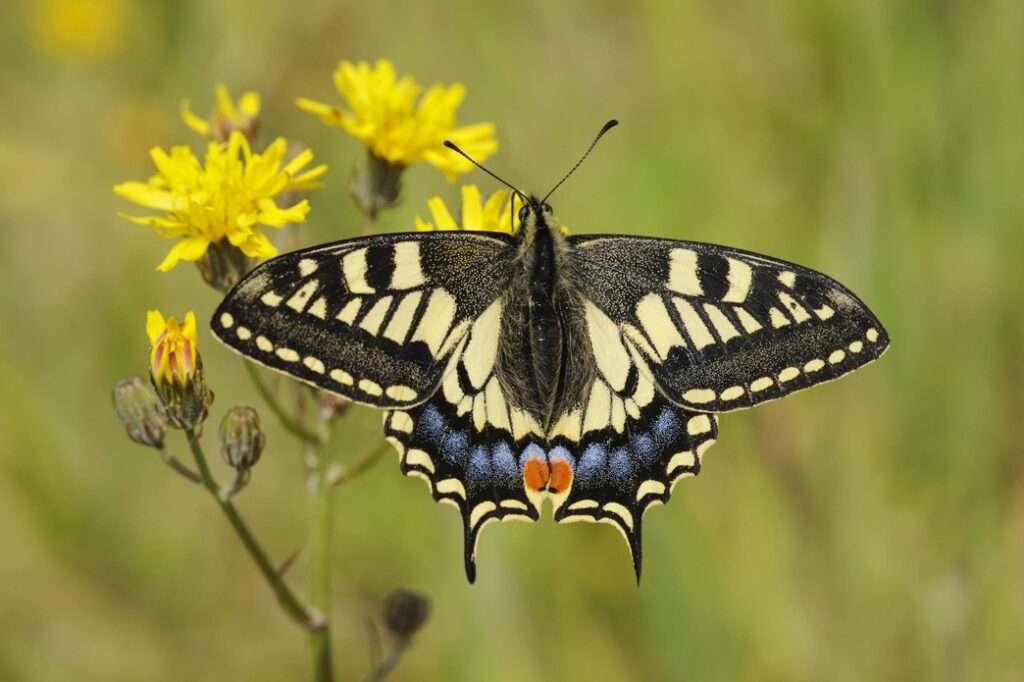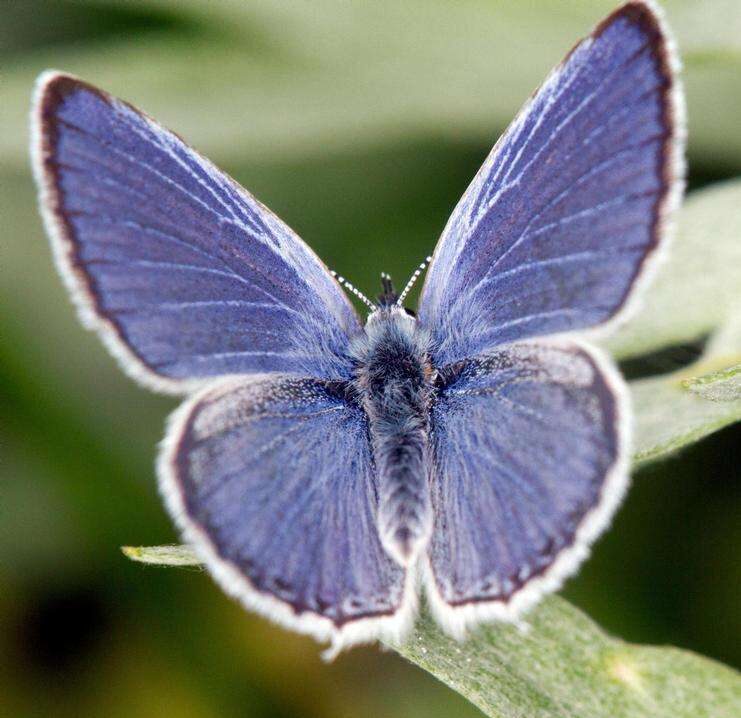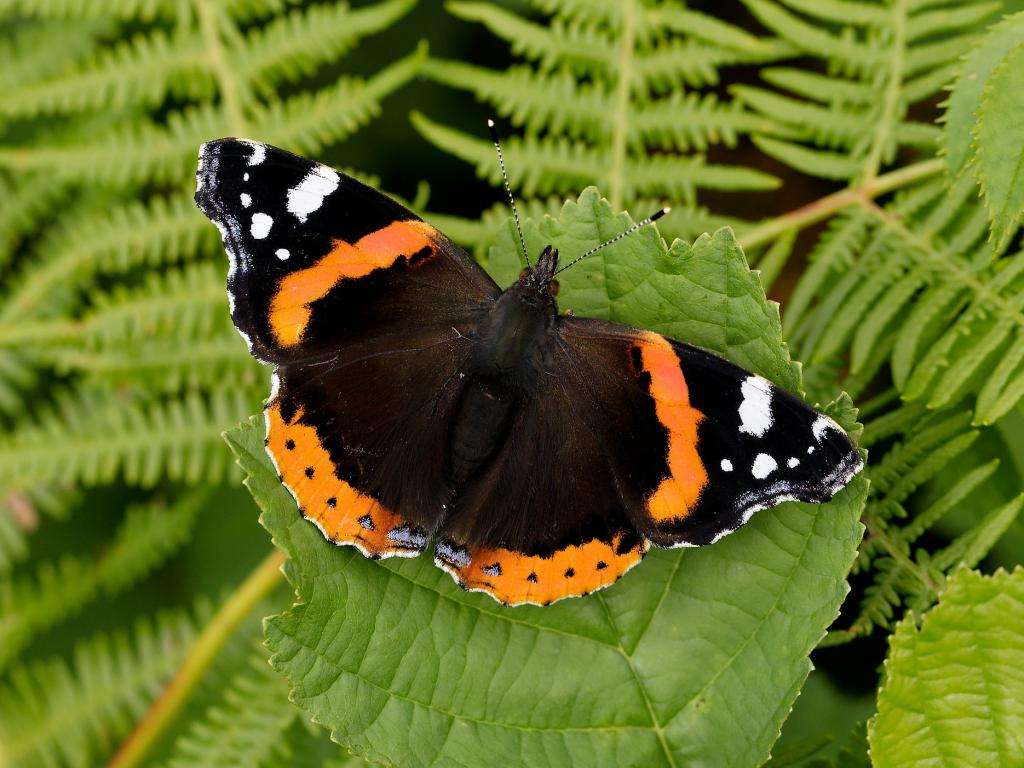
A species of butterfly with breathtaking beauty is the black swallowtail. Although it shares some characteristics with a few other species, this beauty may be identified thanks to a few distinctive markings on it. Other names for it include American swallowtail butterfly, Parsnip swallowtail, and Eastern black swallowtail butterfly.
Amazing Facts
- The term “swallowtail” comes from the characteristic forked tail on the hind wings of these butterflies, which resembles the tail of a swallow.
- Some swallowtail species’ caterpillars have a fake head on the back of their bodies that they can use to fool predators.
- One of the most prevalent and extensively spread swallowtail species in North America is the Eastern Tiger Swallowtail butterfly.
- Gardens and meadows are home to the black swallowtail butterfly, which can have a wingspan of up to 4 inches.
- Swallowtail adults consume flower nectar, while the caterpillars consume herbs like dill, fennel, and parsley.
Appearance
Although many species lack this butterfly’s tail-like extension of the hind wings, it is the most distinctive trait. Species differences in vein color can be seen. Females are a duller shade of black, while males are an iridescent blue. Different species may exhibit different color patterns, such as dots or markings with hues of yellow, orange, red, green, or blue against a backdrop of black, blue, or green. There are also changes in the color patterns based on gender and season.
Diet
Black swallowtail butterflies eat nectar from flowers. Carrots, parsley, fennel, and dill are the main ingredients in their caterpillar diet.
Predator
Insects, spiders, and tiny birds are the Black swallowtail butterfly’s main predators.
Habitat
The tropics and subtropics are home to the bulk of swallowtail species and the greatest diversity. Adult swallowtails prefer to fly in open spaces near their food plants, especially in regions with abundance of flowers, such as fields, vacant lots, meadows, open forests, and streambanks. The plants that caterpillars eat can be found there.

Keeping as Pet
Petting care of black swallowtail butterflies is very simple and hassle-free. It is entertaining and educational to watch this butterfly develop and change.
Get your preferred host plant for housing. Put the caterpillar or larva on the plant. After the caterpillar is on the plant, cover it with a soft net. If the plant contains pesticides, wash it beforehand before affixing the caterpillar to it.
Feeding: The caterpillar will consume the host plant’s food as it develops normally.
Just be sure to hang the plant where the Black Swallowtail Caterpillar is being housed someplace. The caterpillar may escape the plant if it is supported by a bass. Strong enough hanging rope or chain is required.
Table





